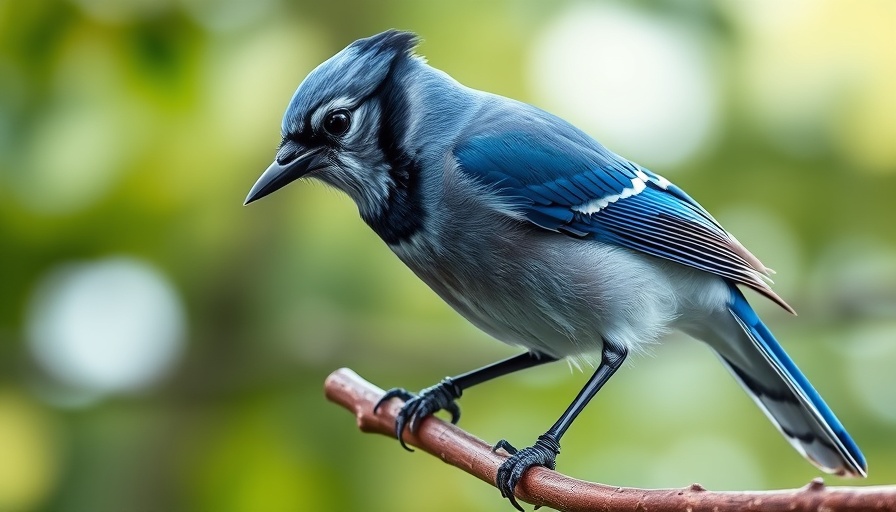
Understanding Bird Flu Threats: What You Need to Know
Recent developments have brought bird flu, specifically the H5N1 strain, back into the spotlight as it was detected at a poultry farm in Maricopa County, Arizona. Though the farm is currently under quarantine, officials from the Yuma County Public Health Department assure the public that the risk remains low for those who are not in direct contact with infected birds.
Cynthia Espinoza, an epidemiologist, explains that bird flu primarily affects poultry—chickens, ducks, turkeys—and rarely poses a threat to humans. She emphasizes the importance of taking precautions: avoid contact with wild birds or sick animals and practice proper food safety by ensuring that poultry products are thoroughly cooked.
Why You Shouldn’t Panic: Low Risks for the General Public
The chance of contracting H5N1 from handling well-cooked poultry or eggs is extremely low for the average person. However, it's still prudent to remain cautious. Espinoza suggests drinking pasteurized milk, which is effective in killing harmful bacteria, and adhering to recommended cooking temperatures to eliminate both bacteria and viruses.
Local Voices: Community Reactions to the Outbreak
Local residents like Dareese Lackland express mixed feelings about the situation. While acknowledging the concerns surrounding bird flu, many still rely on eggs due to their nutritional value. “It’s worrisome, but you gotta do what you gotta do,” she noted, highlighting the balance some people find between concern and dietary habits.
Experts Weigh In: Hygiene and Cooking Habits
Maintaining good hygiene and cooking practices is essential in mitigating any potential risks associated with bird flu. The Yuma County Public Health Department recommends regular hand washing after handling poultry and ensuring high cooking temperatures when preparing poultry or eggs. These habits provide an extra layer of protection against H5N1 and other pathogens.
As the situation evolves, public health officials are monitoring risks closely and providing updates. The best response to outbreaks like this is an informed public that knows how to protect themselves while still enjoying their favorite foods.
 Add Row
Add Row  Add
Add 




Write A Comment